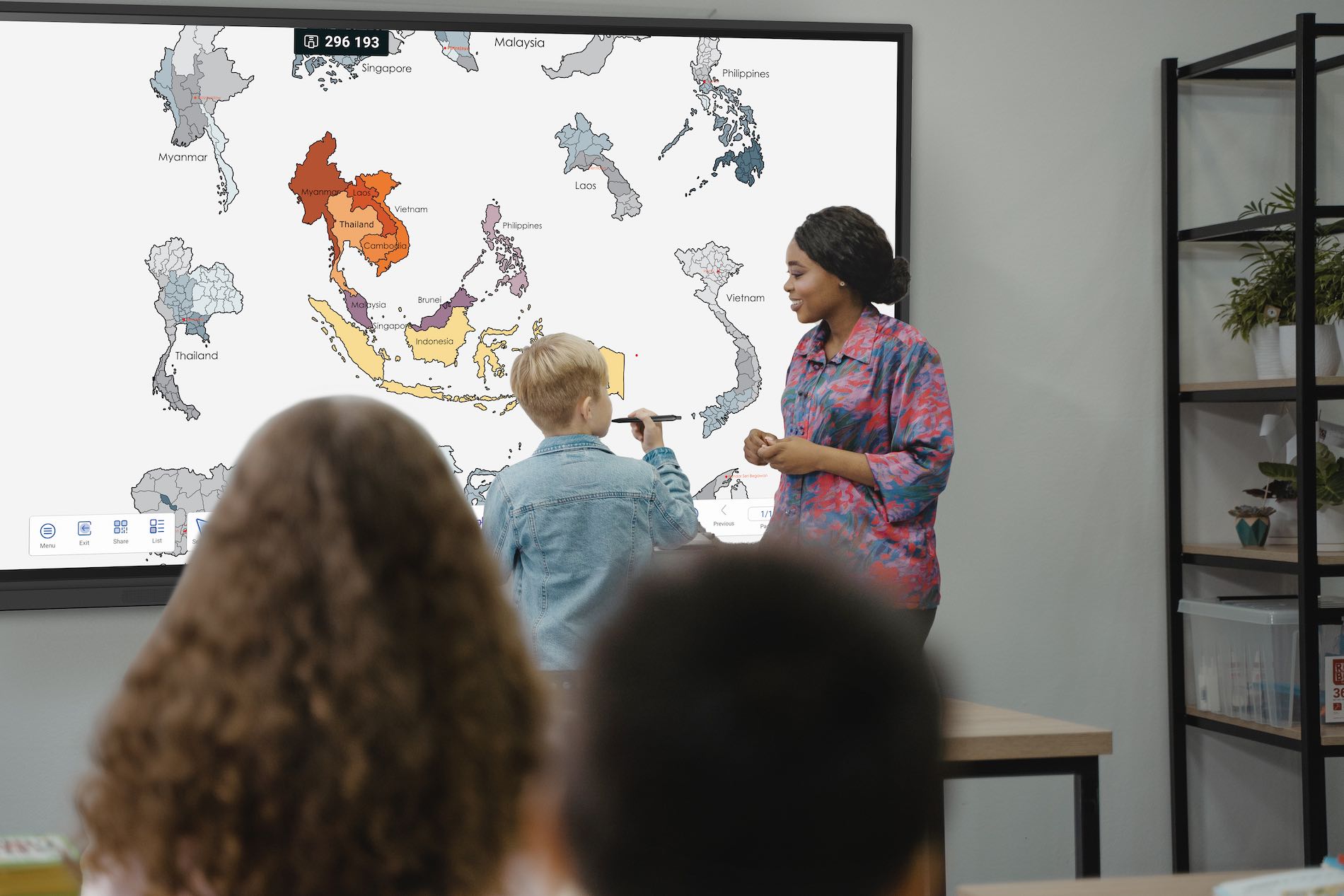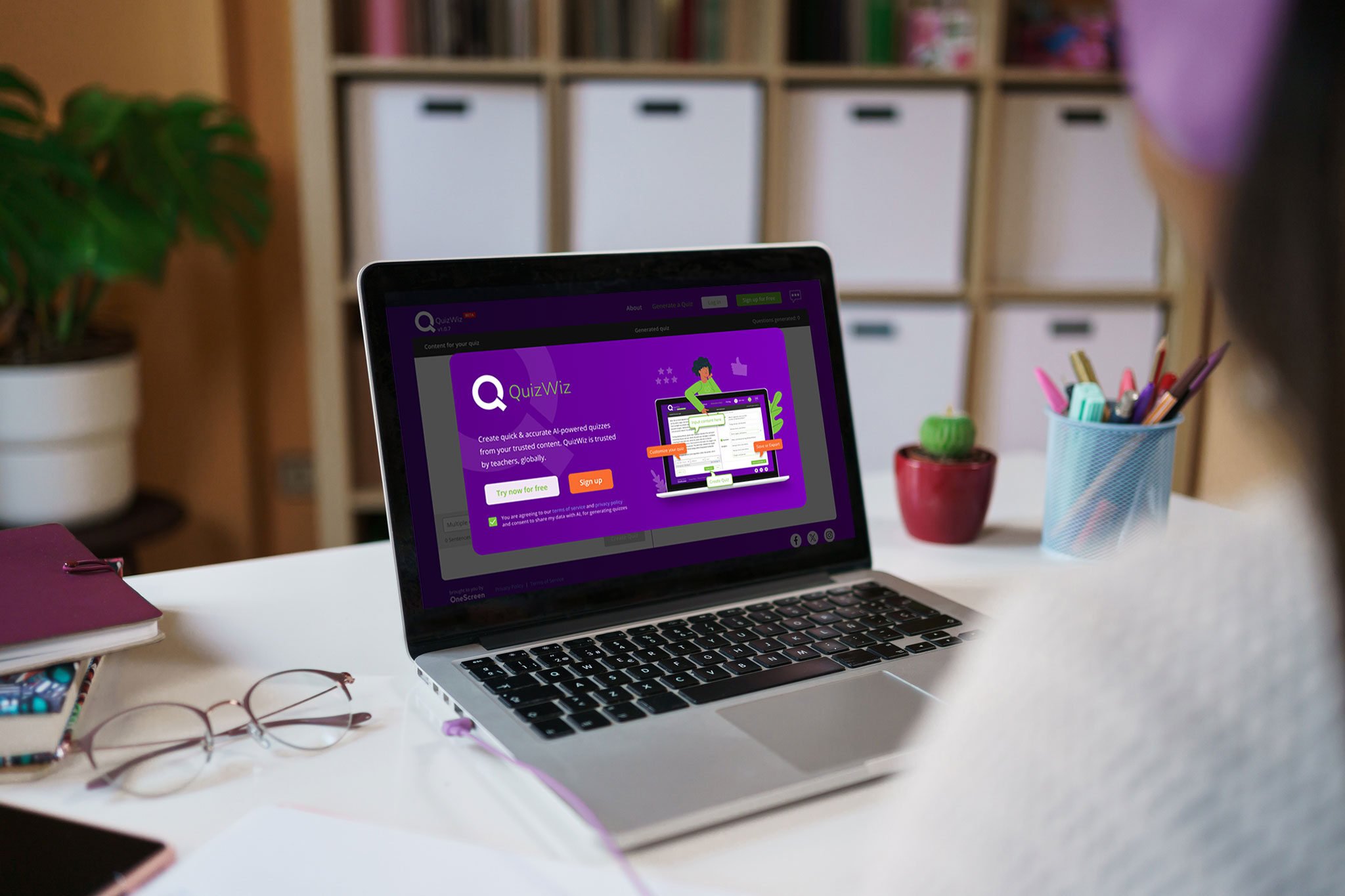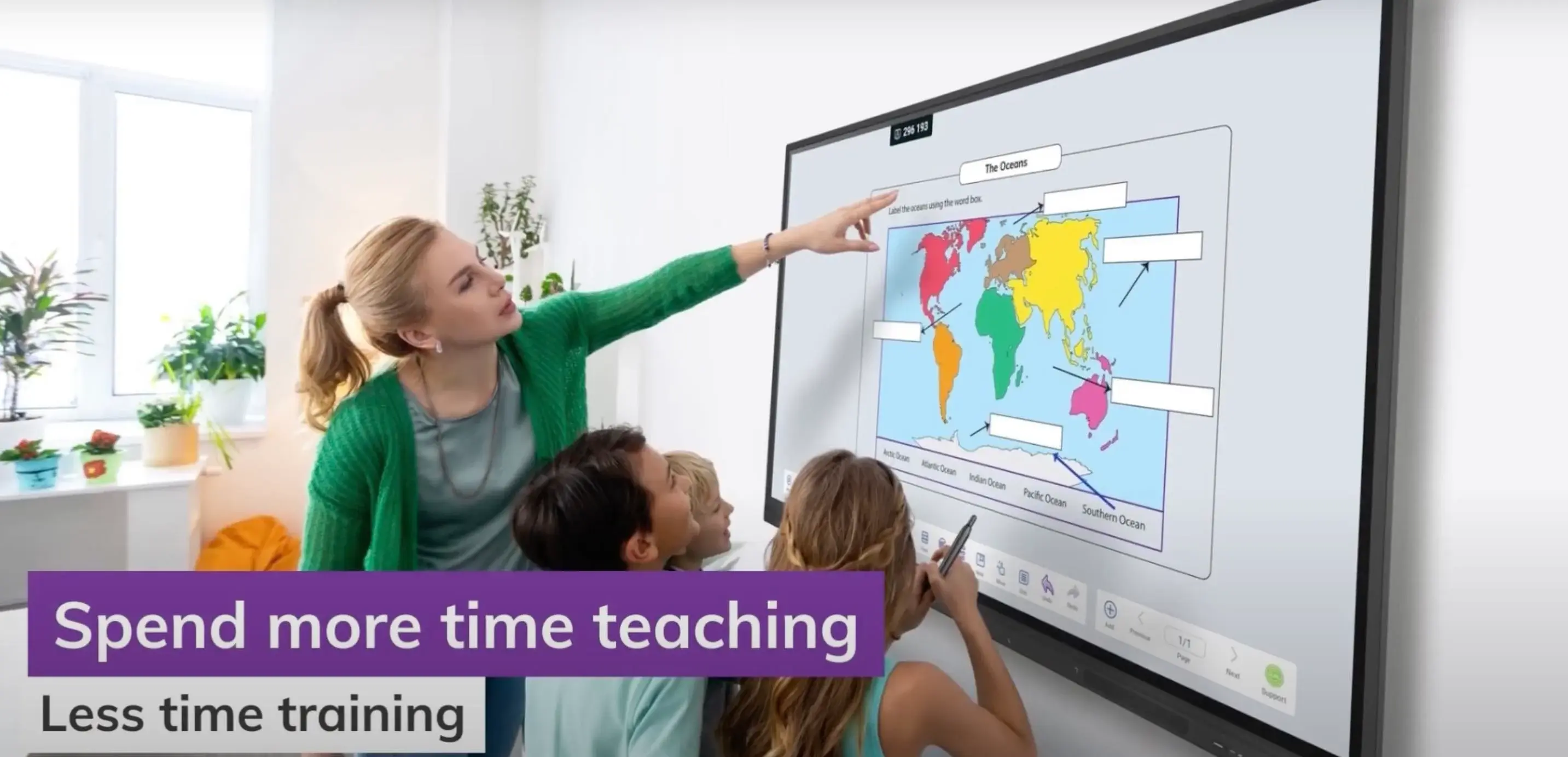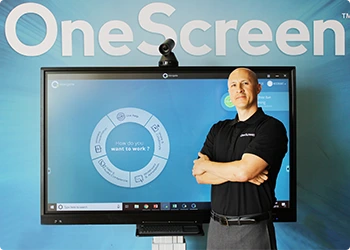 Interactive learning is delivering measurable improvements in academic performance in schools around the country. That’s the conclusion from a review of research papers from researchers at Carnegie Mellon, Harvard, Stanford and the University of Washington.
Interactive learning is delivering measurable improvements in academic performance in schools around the country. That’s the conclusion from a review of research papers from researchers at Carnegie Mellon, Harvard, Stanford and the University of Washington.
Findings by the Human-Computer Interaction Institute (HCII) at Carnegie Mellon University were based on studies that compared student achievement using interactive whiteboards and online learning tools to traditional strategies like lectures and reading.
These studies highlighted several surprises in terms of how students actually learn. Traditionally, teachers are thought of as leaders in the classroom who transfer knowledge to their students. One study showed that more students retained more information when they were able to produce their own questions and get feedback from the teacher.
Another study demonstrated that while many students believed that lectures are more effective at promoting learning, interactive activities actually resulted in better outcomes.
Researchers were confronted with many surprises along the way, such as evidence that physical activity in the learning space sparked greater creativity and idea generation among the students.
From Hands-on to Minds-on Learning
The simple act of putting students in front of an interactive board can shift the ownership of the learning process from the teacher to the student. Interactive whiteboards allow teachers and students to interact directly with the displayed content using touch, digital pens, or other input devices. By combining the features of a traditional whiteboard with the capabilities of a computer, interactive whiteboards enable dynamic and immersive learning experiences.
Benefits of Interactive Whiteboards
1. Enhanced Student Engagement
Interactive whiteboards provide a multisensory learning experience that captures students' attention and keeps them actively involved in the lesson. The interactive nature of these boards encourages students to participate, collaborate, and explore concepts in a hands-on manner. This increased engagement leads to improved knowledge retention and a deeper understanding of the subject matter.
2. Visual and Interactive Learning
Visual aids play a crucial role in understanding complex concepts. Interactive whiteboards allow teachers to present information using a variety of multimedia resources such as images, videos, and interactive simulations. This visual and interactive approach stimulates students' visual and auditory senses, making learning more engaging and memorable.
3. Collaboration and Group Work
Interactive whiteboards foster collaboration and teamwork among students. These boards enable group activities, where students can work together to solve problems, brainstorm ideas, and present their findings. Collaborative learning not only enhances communication and interpersonal skills but also promotes critical thinking and a deeper understanding of the topic.
4. Personalized Learning
Every student has unique learning needs and preferences. Interactive whiteboards provide opportunities for individualized instruction by allowing teachers to adapt the content and pace of the lesson to meet each student's requirements. With features like digital pens and touch input, students can actively participate in the learning process, making it more personalized and tailored to their learning style.
Applications of Interactive Whiteboards
Interactive whiteboards find applications across various subjects and grade levels. Here are some examples of how interactive whiteboards can be used in different educational contexts:
1. Mathematics
Interactive whiteboards are particularly effective in teaching mathematics. Teachers can use the whiteboard to demonstrate mathematical concepts, solve equations step-by-step, and visualize geometric shapes. Students can actively participate by using the digital pens to solve problems, practice calculations, and interact with virtual manipulatives.
2. Science
Science education can greatly benefit from interactive whiteboards. Teachers can use the whiteboard to showcase scientific experiments, simulate natural phenomena, and explore complex scientific concepts using interactive simulations. Students can actively engage with the content, make predictions, and analyze data, fostering a deeper understanding of scientific principles.
3. Language Arts
Interactive whiteboards can enhance language arts instruction by providing opportunities for interactive reading and writing activities. Teachers can display text passages, poems, or stories on the whiteboard and engage students in close reading, annotation, and analysis. Students can also participate in collaborative writing exercises, editing sessions, and interactive grammar lessons.
4. Social Studies
Interactive whiteboards can bring history, geography, and other social studies subjects to life. Teachers can use the whiteboard to display maps, timelines, and primary source documents, allowing students to explore different historical events and analyze their significance. Interactive quizzes, debates, and group discussions can further deepen students' understanding of social studies concepts.
Implementing Interactive Whiteboards in the Classroom
To effectively integrate interactive whiteboards into the classroom, teachers should consider the following strategies:
1. Professional Development
Teachers should receive adequate training and professional development on how to effectively use interactive whiteboards in their teaching. This training should cover technical skills, instructional strategies, and best practices for incorporating interactive activities into lessons.
2. Interactive Lesson Design
Teachers should design lessons that maximize the interactive capabilities of the whiteboard. This could include incorporating multimedia resources, interactive quizzes, virtual manipulatives, and collaborative activities. By carefully planning interactive lessons, teachers can create engaging and meaningful learning experiences for their students.
3. Student Engagement Strategies
Teachers should employ various student engagement strategies to ensure active participation during whiteboard activities. This could involve using digital pens to annotate content, encouraging students to come to the board and interact with the displayed material, and assigning group tasks that require active collaboration.
4. Ongoing Assessment and Feedback
Interactive whiteboards provide opportunities for real-time assessment and feedback. Teachers can use the whiteboard to conduct formative assessments, monitor student progress, and provide immediate feedback. This allows teachers to identify areas of improvement and adjust instruction accordingly.
The Classroom for the Next Generation
Interactive whiteboards have transformed traditional classrooms into dynamic and interactive learning environments. By promoting student engagement, facilitating collaboration, and providing personalized learning experiences, interactive whiteboards have become an essential tool for modern educators. By embracing the power of interactive whiteboards, teachers can create immersive and meaningful learning experiences that empower students and enhance their academic performance.




 Get a live demo now!
Get a live demo now!


